China-EU economic, trade cooperation brings greater stability to global economy
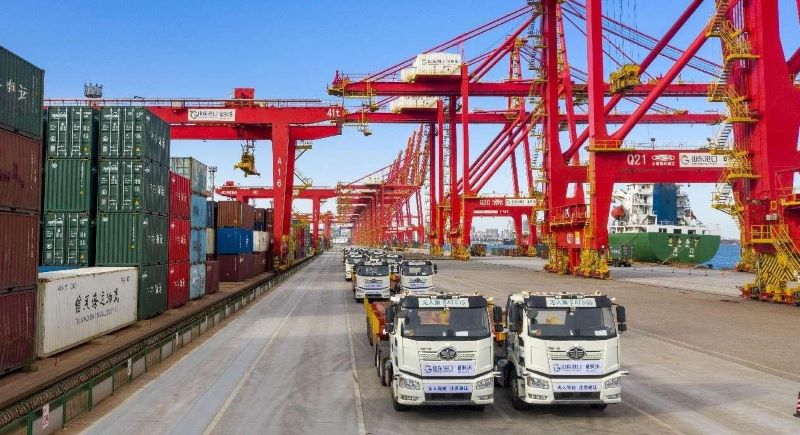
Agency : This year 2025 marks the 50th anniversary of the establishment of diplomatic relations between China and the European Union (EU). As the world's second and third largest economies, China and the EU collectively account for over one third of the global economy and more than a quarter of global trade. Both sides are advocates of economic globalization and trade liberalization, and firm defenders and supporters of the World Trade Organization.
Over the past five decades, the two sides have continued to deepen their economic and trade cooperation, benefiting the two peoples and the world at large. As the global economy faces mounting instability and uncertainty, closer communication and cooperation between China and the EU can contribute to open and free trade and investment, ensure stable and unimpeded global industrial and supply chains, and inject greater stability and certainty into the world economy.
In the western Polish city of Slubice, the rhythmic hum of conveyor belts fills a warehouse run by MBB Logistics, where workers methodically sort and dispatch packages destined for consumers across Poland and Germany -- usually within 24 hours.
This warehouse is part of a growing logistics footprint made possible by the China-Europe freight service. Over the past several years, MBB Logistics has expanded into eight warehouses in the region, covering 160,000 square meters and handling a wide range of goods including electronics, mechanical parts, household supplies, and hardware. Sourced from nearly 300 Chinese e-commerce partners, these goods form a bridge between thousands of Chinese manufacturers and the vast European market.
Julio Rios, a Spanish expert on China, observed that the China-Europe freight service addresses the needs of both China and Europe in a complementary and innovative way. He views the freight service as a catalyst for unleashing the economic and trade cooperation potential of countries along the route.
As morning light pierced the mist and spread across the vast Hungarian plains, rows of sand martin nests dotted the rocky embankment near the tracks of the Budapest-Belgrade railway -- home to hundreds of the birds. During the railway's construction, Chinese builders went to great lengths to protect the birds' habitat, which has since become a cherished story in the local community.
The Hungary-Serbia railway is a vivid example of China and the EU jointly building green Belt and Road.
In Greece, Chinese enterprises are actively promoting green and digital transformation at the Piraeus port, striving to transform it into a sustainable, efficient, and intelligent port.
In Malta, the Delimara 3 power station, upgraded by a Chinese company, now emits significantly less pollution and carbon than EU environmental standards require, shifting from a heavy polluter to a model of green innovation.
In Serbia, the Chinese-built Kostolac Power Plant is converting ash and slag into exportable concrete materials, reducing dust emissions while generating revenue.
These green projects and technologies are propelling Europe's green transition and injecting new momentum into regional economic development.
Fabian Zuleeg, chief economist at the European Policy Center, sees vast potential in China-EU trade and investment cooperation, especially in tackling climate change. With shared goals and a growing alignment on green priorities, he noted, both sides recognize the scale of business opportunities ahead.
European companies express growing confidence in the Chinese market through tangible investments. France-based cosmetic giant L'Oreal has launched two new investment funds in China. German industrial giant Siemens opened its first industrial ecosystem hub in western China in Chengdu, Sichuan province. Danfoss, a global refrigeration industry giant headquartered in Danmark, inaugurated its first carbon-neutral factory in China, located in Nanjing, Jiangsu province. According to China's Ministry of Commerce, actual investment from the EU to China rose by 11.7 percent in the first quarter of this year.
China-EU investment cooperation continues to expand, particularly in areas such as new energy, green technology, and smart manufacturing.
Greece's Piraeus Port Authority S.A., operated by a Chinese company, posted record-high revenues and profits in 2024. In the first quarter, Chinese electric vehicle battery giant CATL saw strong year-on-year growth in power battery sales in the European market, with its factory in Thuringia, Germany achieving profitability. Meanwhile, Chinese automaker Chery Automobile and Spain's Ebro-EV Motors signed a pact to develop new electric vehicles through a joint venture, breathing new life into a cherished local brand.
Bernard Dewit, chairman of the Belgian-Chinese Chamber of Commerce, noted that Chinese and European companies continue to demonstrate innovation and resilience. In an increasingly complex international environment, he said, they are forging win-win partnerships and opening up broad development prospects.
-By Guo Ziyun, Yu Limin, Niu Ruifei, People's Daily










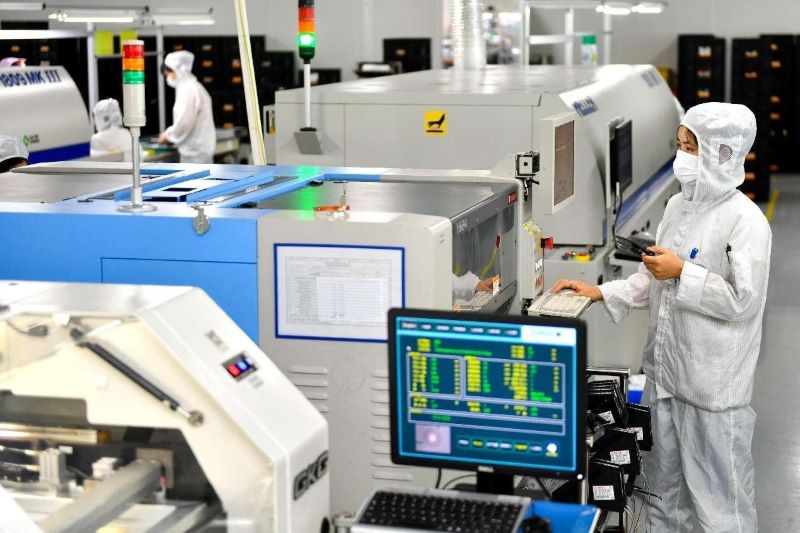
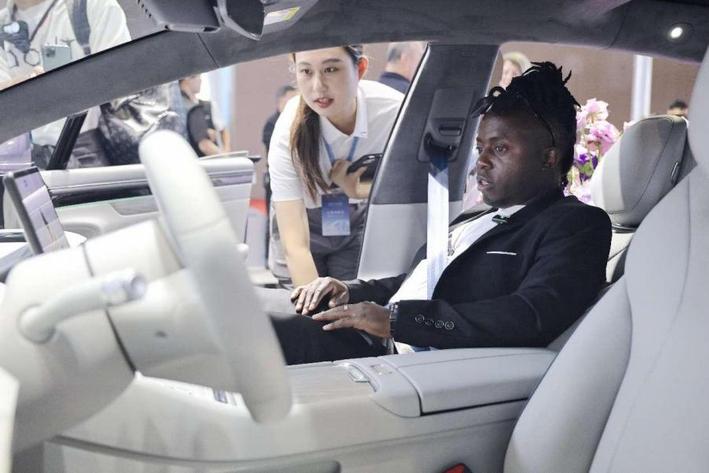
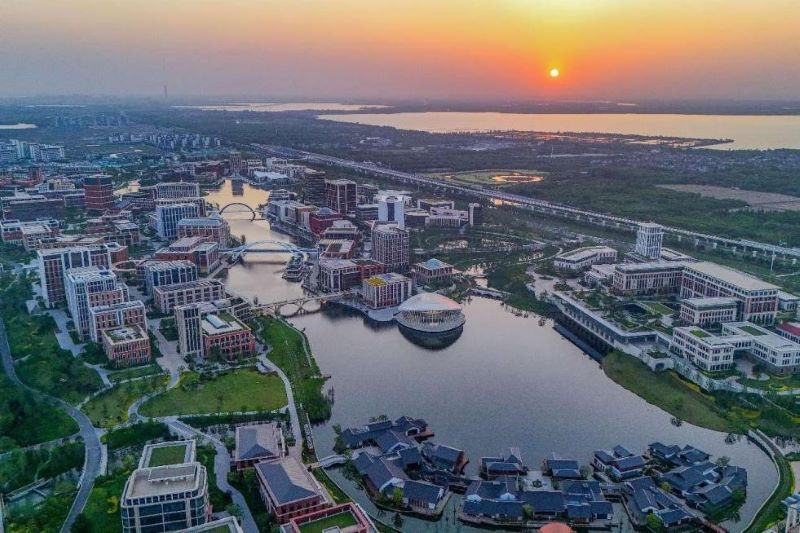
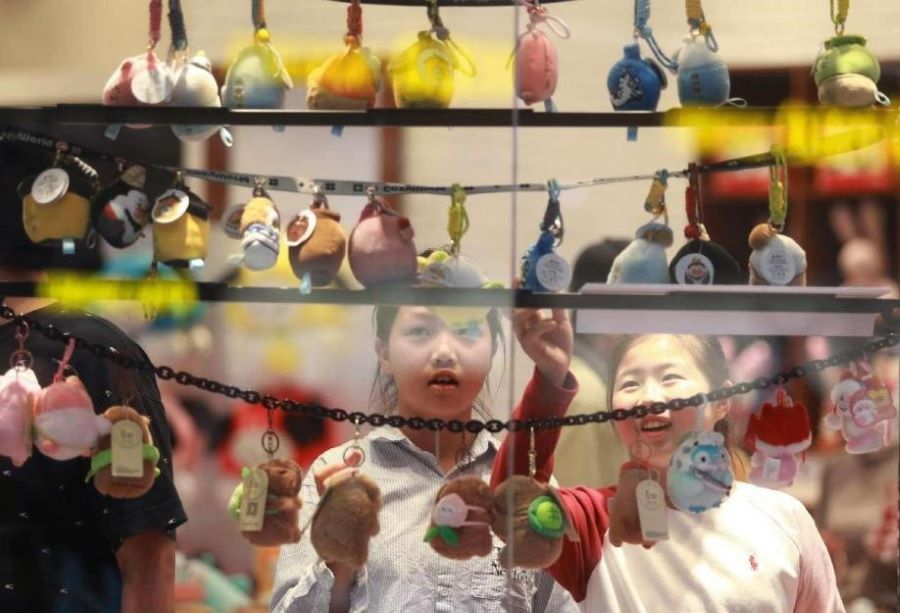
प्रतिकृया दिनुहोस